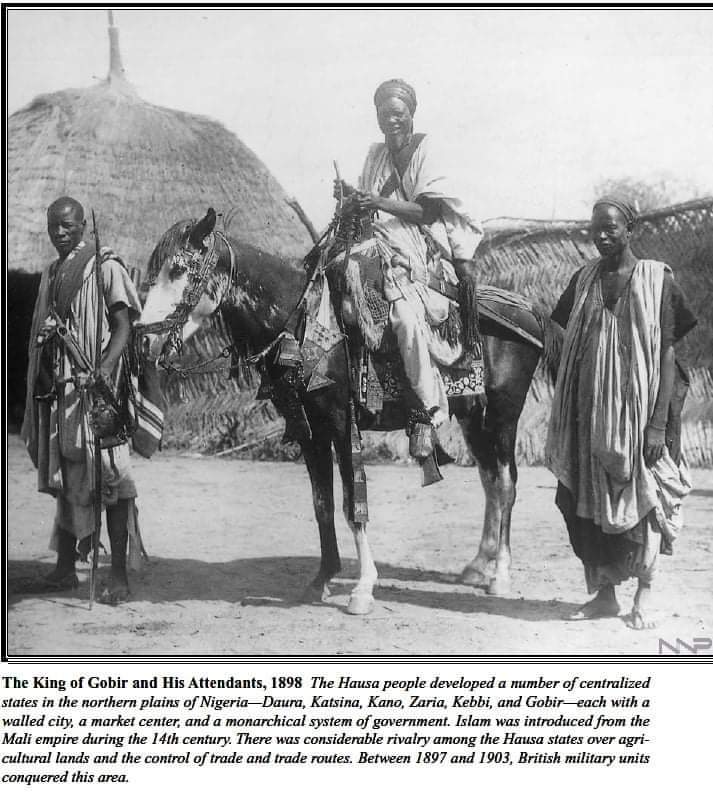Gobir's Tapestry: A Centuries-Old Journey from Alkalawa to Sabon Birni

GOBIR: Unveiling the Centuries-old Tapestry
Gobir, also recognized as Gobirawa, rose to prominence as a city-state in what is now Nigeria, tracing its origins back to the 11th century when it was founded by the Hausa people.
A pivotal entity within the original seven kingdoms of Hausaland, Gobir flourished under Hausa dominion for nearly seven centuries, with its epicenter established in Alkalawa.
As the 19th century dawned, segments of the ruling dynasty migrated northward to contemporary Niger, leading to the emergence of a rival dynasty governing as the Sarkin Gobir (Sultan of Gobir) in Tibiri. In a pivotal moment in 1975, a unified traditional sultanate reestablished itself in Sabon Birni, Nigeria.
The ethnonym "Hausa" began to surface in written records only during the 16th and 17th centuries. Prior to that period, the inhabitants of Hausaland were identified by the names of their specific cities or kingdoms, such as Kanawa, Katsinawa, and Gobirawa. In the early 16th century, Leo Africanus noted that Gobir was the prevailing language in the region that now constitutes northern Nigeria.
A captivating glimpse into Gobir's history comes through an RGS 1898 photograph depicting the King of Gobir in Nigeria. This historical insight is drawn from the pages of the book "1880 To the Present: The Struggle, the Tragedy, the Promise" by Harmon, Daniel E. (2000).

